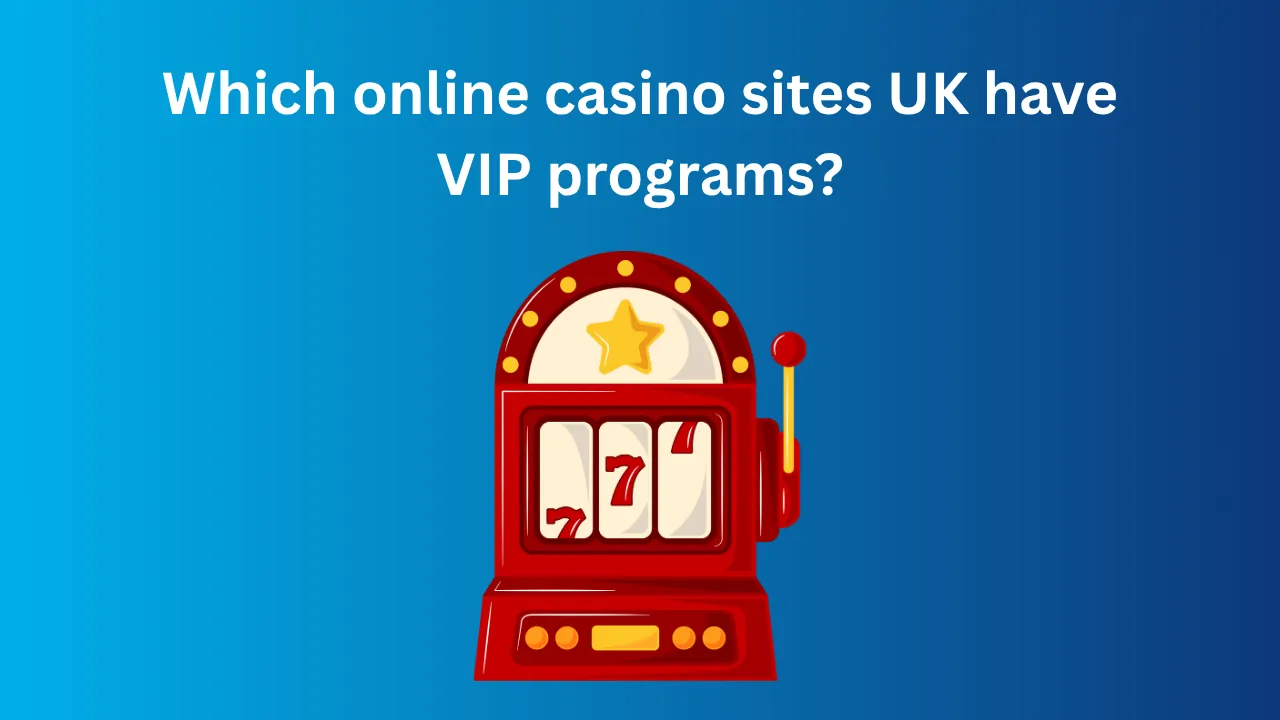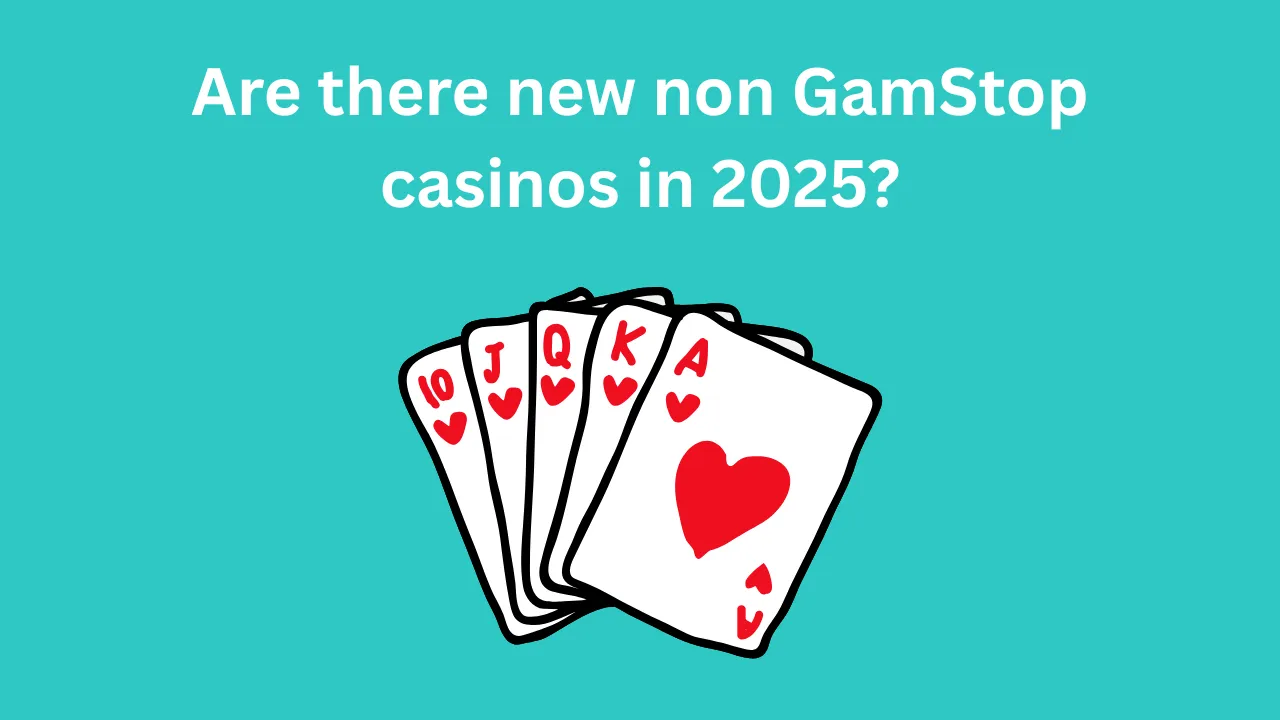Horse racing has long been one of the most thrilling and strategic forms of gambling, attracting both casual enthusiasts and serious bettors. For anyone interested in horse racing betting, understanding how to read betting odds is absolutely essential. Odds not only tell you how much you can potentially win but also indicate the likelihood of a horse winning a race. Despite appearing complicated at first glance, with a little practice, reading horse racing betting odds can become second nature, allowing you to make informed and confident betting decisions.
Understanding the Basics of Horse Racing Betting Odds
Horse racing betting odds are essentially a reflection of probability. They show how likely a horse is to win a race according to bookmakers and the betting market. Odds come in different formats, such as fractional, decimal, and moneyline (American) odds, and each format conveys the same information in a slightly different way.
In horse racing betting, odds are primarily influenced by several factors: the horse’s past performance, the trainer, the jockey, track conditions, and public betting activity. For example, a horse that has consistently finished in the top three in previous races will likely have shorter odds than a newcomer with no track record. Understanding these factors in combination with reading the odds can improve your betting strategy.
Fractional Odds
Fractional odds are the traditional format used in UK horse racing betting. They are displayed as a fraction, such as 5/1, 3/2, or 10/3. The first number represents the potential profit you can earn relative to the second number, which represents the stake.
For example, if a horse has odds of 5/1, this means that for every £1 you stake, you could win £5 in profit, plus your original £1 stake back. Conversely, odds of 1/5 suggest a heavily favored horse, where you need to stake £5 to make £1 in profit. Fractional odds are widely used by punters because they clearly indicate potential returns and make it easier to compare the likelihood of different horses winning.
Decimal Odds
Decimal odds are common in Europe and are growing in popularity globally. They represent the total amount you would receive for every £1 staked, including your original stake. For instance, odds of 6.00 mean that a £1 bet would return £6 if the horse wins.
Decimal odds are often considered simpler to calculate compared to fractional odds because you can multiply your stake directly by the decimal number to determine potential returns. For beginners, decimal odds can make horse racing betting more approachable, especially when trying to compare multiple horses quickly.
Moneyline (American) Odds
While less common in UK horse racing betting, moneyline or American odds are often used in the United States. Positive numbers show how much profit you can make on a £100 stake, whereas negative numbers indicate how much you need to stake to make a £100 profit. For example, +400 means a £100 stake could win £400, while -200 means you need to stake £200 to win £100.
Understanding all three odds formats allows bettors to confidently navigate international horse racing betting markets and adapt to different bookmakers.
What Odds Reveal About Probability
Beyond potential profit, odds also reflect implied probability. Shorter odds indicate a higher likelihood of winning, whereas longer odds suggest a lower probability. To convert fractional odds to probability, you can use the formula:
Probability (%) = Denominator ÷ (Numerator + Denominator) × 100
For example, odds of 3/1 would have an implied probability of 25%, meaning the horse has a one-in-four chance of winning according to the market. Recognizing implied probabilities helps bettors assess value and make more strategic wagers rather than simply betting on favorites.
Reading the Market and Spotting Value
Experienced horse racing betting isn’t just about picking winners; it’s about identifying value bets. Value occurs when the odds offered by a bookmaker are higher than the actual probability of a horse winning. For instance, if a horse has a 50% chance of winning but the odds reflect only a 33% chance, this could represent a value opportunity.
Reading horse racing betting odds also requires monitoring market movement. Odds fluctuate based on public betting trends, late-breaking news, and insider insights. A sudden drop in a horse’s odds might indicate strong backing from professional bettors, whereas a rise could suggest skepticism about its chances.
Practical Tips for Reading Odds in Horse Racing Betting
-
Compare Bookmakers: Different bookmakers often offer slightly different odds for the same race. Comparing odds helps you maximize potential returns.
-
Understand Favorite vs. Outsider: Favorites have shorter odds but lower returns, while outsiders offer bigger payouts with higher risk. Balancing these choices is key to a successful betting strategy.
-
Follow Form Guides: Studying a horse’s past performances, trainer stats, and race conditions provides context that complements the numerical odds.
-
Stay Updated: Weather, track conditions, and late withdrawals can all affect odds. Staying informed ensures you interpret odds correctly.
Real-World Example of Horse Racing Betting
Imagine you are interested in betting on a 5-horse race. Horse A has odds of 2/1, Horse B 5/2, Horse C 10/1, Horse D 7/2, and Horse E 20/1. Fractional odds immediately show that Horse A is a strong contender but not overwhelmingly favored, while Horse E is a long shot with a much smaller chance of winning but a big payout if it does. Converting these to decimal odds and implied probabilities allows you to weigh your options and identify potential value bets.
For instance, if your analysis suggests Horse C has a better chance than the odds imply, betting on it could be profitable over time. This approach shows how reading horse racing betting odds is not just about numbers but also about strategy and insight.
Common Mistakes to Avoid
Many beginners in horse racing betting make the mistake of betting purely based on odds without understanding the underlying factors. Short odds do not guarantee a win, and long odds are not inherently a poor choice if the horse has value. Additionally, failing to recognize the format of the odds can lead to miscalculating potential returns. Taking the time to understand how each odds system works and what it reflects about probability is essential for long-term success.
Conclusion
Learning how to read horse racing betting odds is a fundamental skill for anyone looking to engage seriously in horse racing betting. By understanding fractional, decimal, and moneyline odds, interpreting implied probabilities, and spotting value opportunities, bettors can make informed decisions and maximize their chances of success. Coupled with careful analysis of horses, trainers, and race conditions, mastering the interpretation of odds transforms horse racing betting from a guessing game into a strategic pursuit. Whether you are a beginner exploring your first bets or an experienced punter refining your approach, investing time in understanding betting odds is an investment in smarter, more confident wagering.
By consistently applying these principles and paying attention to the nuances of the betting market, you can enjoy the excitement of horse racing betting while making calculated, informed decisions that enhance both your experience and your potential returns.







